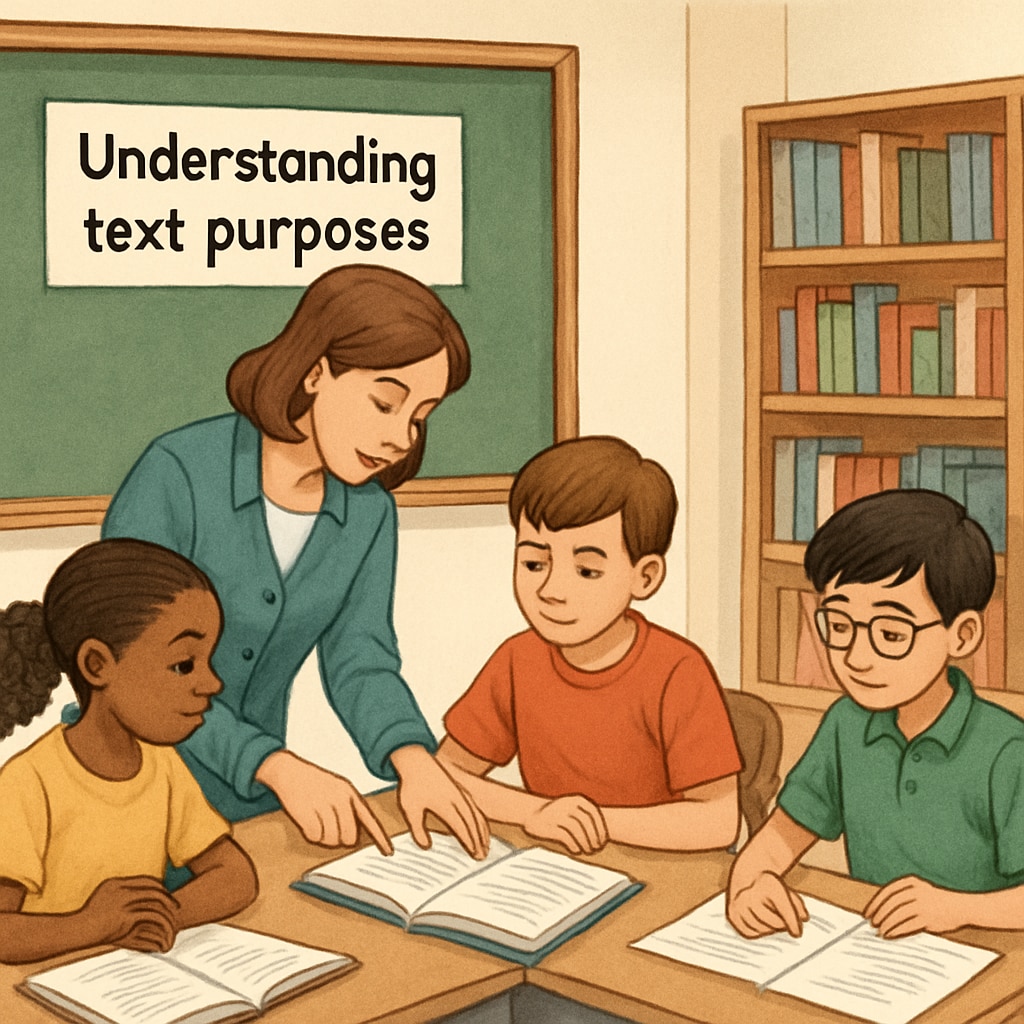In functional English reading, understanding the purpose of a text is critical for success. This skill not only enhances comprehension but also ensures students can respond accurately to test questions. Functional skills English tests often include texts with specific purposes, such as to inform, persuade, or entertain. To excel, K12 students need to distinguish between these text types and grasp their unique characteristics.
In this article, we will break down three primary text purposes, provide practical tips for identifying them, and share strategies to help students improve their reading comprehension. By mastering these skills, students can approach functional English reading tests with confidence and clarity.
Understanding the Three Main Text Purposes
Texts in functional English reading tests are generally written with one of three main purposes: to inform, to persuade, or to entertain. Each type has distinct features that students can learn to recognize.
- Informative Texts: These texts aim to provide facts, instructions, or explanations. Common examples include news articles, manuals, and reports. Such texts often use clear, straightforward language and include data, statistics, or step-by-step instructions.
- Persuasive Texts: The purpose here is to convince the reader to adopt a certain viewpoint or take action. Advertisements, opinion pieces, and political speeches fall into this category. Look for persuasive language, rhetorical questions, and emotive appeals.
- Entertaining Texts: These texts aim to engage the reader’s imagination or emotions. Stories, poems, and humorous articles are examples. They often use descriptive language, dialogue, and creative storytelling techniques.
Recognizing these differences is the first step in identifying a text’s purpose. However, students must also practice analyzing context and language clues to deepen their understanding.

How to Identify Text Purposes in Functional Skills Tests
When attempting to determine a text’s purpose, students should focus on specific elements of the text. Here are some practical strategies:
- Analyze the Title and Headings: Titles often give away the purpose of the text. For example, “10 Tips for Healthy Eating” suggests an informational purpose, while “Why You Should Join the Gym Today” hints at persuasion.
- Examine the Vocabulary: Persuasive texts use strong, action-oriented language, while informative texts rely on neutral and factual terms. Entertaining texts may include vivid descriptions and figurative language.
- Look at the Structure: Informative texts are often organized into sections with headings, while persuasive texts may include a clear argument or call to action. Entertaining texts, on the other hand, often have a narrative structure.
- Identify Key Phrases: Phrases like “the data shows” or “research indicates” point to an informative purpose. Phrases like “you must” or “don’t miss out” suggest persuasion, while entertaining texts may use phrases like “once upon a time” or “imagine this.”
By applying these techniques, students can systematically approach each text and identify its purpose with greater accuracy.

Practical Tips for Success in Functional English Reading
Beyond identifying text purposes, students should adopt general strategies to improve their functional English reading skills:
- Practice Regularly: Exposure to different text types helps students become familiar with various writing styles and purposes.
- Underline Clues: Highlighting key words or phrases can make it easier to spot patterns and determine the text’s purpose.
- Ask Questions: While reading, students should ask themselves, “What is the author trying to achieve?” or “Why was this text written?”
- Use Practice Tests: Mock exams can simulate real test conditions and help students refine their strategies.
Additionally, students can benefit from discussing texts with peers or teachers to deepen their understanding and gain new perspectives.
Conclusion: Mastering Text Purposes in Functional English Reading
In functional English reading tests, accurately identifying a text’s purpose is a vital skill. By understanding the key characteristics of informative, persuasive, and entertaining texts, and applying practical strategies, students can significantly enhance their reading comprehension. This not only boosts test performance but also builds lifelong literacy skills.
With consistent practice and a clear understanding of text purposes, students can approach functional English reading challenges with confidence, ensuring they excel in both academic and real-world contexts.
For more information on functional reading skills, explore resources like Reading Comprehension on Wikipedia or Reading Education on Britannica.


